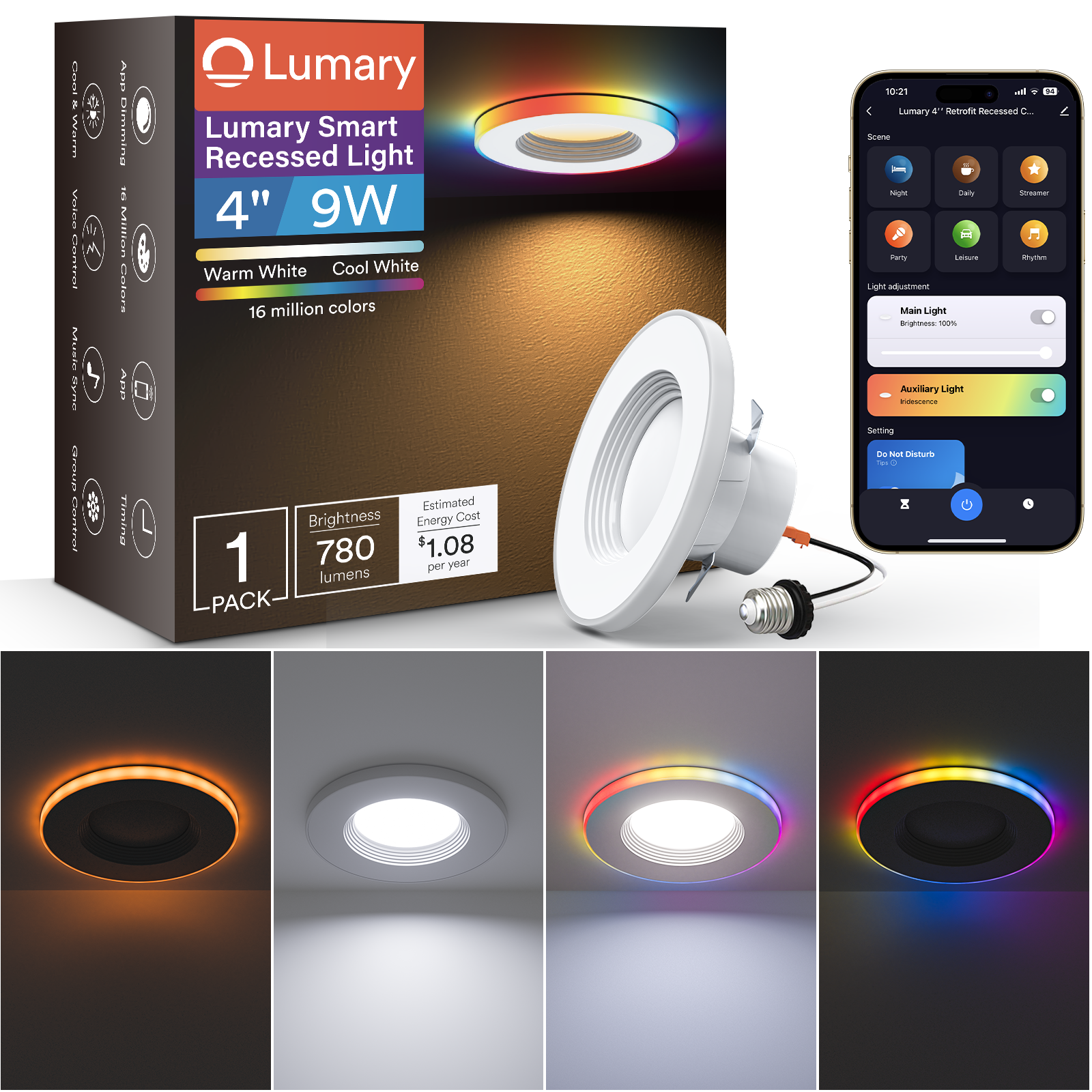Illuminate Your Space: Discover the Magic of Can Lights!
Can lights, also known as recessed lights, have become increasingly popular in modern lighting design due to their sleek appearance and versatility. These discreet fixtures are designed to be installed into the ceiling, allowing for an unobtrusive way to illuminate spaces without sacrificing aesthetics. Their appeal lies in their ability to blend seamlessly into various environments, from cozy homes to professional offices. In this article, we will explore what can lights are, how they function, where they can be used, and the numerous benefits they provide. Whether you're considering a home renovation or simply looking to update your lighting, can lights may just be the perfect solution for your needs.

What Are Can Lights?
Can lights are recessed lighting fixtures that are installed into the ceiling, creating a clean, unobtrusive look. They are typically cylindrical in shape, hence the name "can," and come in various sizes and styles. The installation of can lights involves cutting a hole in the ceiling and securing the fixture in place, which may require professional help depending on the complexity of the wiring and structure. There are different types of can lights available, including adjustable and fixed options. Adjustable can lights allow for directional lighting, making them perfect for highlighting artwork or architectural features, while fixed lights provide a more uniform illumination. Key components of can lights include the housing, which contains the light source and wiring, and the trim, which is the visible part that can be customized to match the décor of the room.
How Do Can Lights Work?
The mechanics of can lights are relatively straightforward. They typically use LED or incandescent bulbs as the light source. LED bulbs are favored for their energy efficiency and long lifespan, while incandescent bulbs offer a warm glow that many find appealing. When the light source is installed in the housing, it produces light that is directed downwards, illuminating the area below. Proper installation and wiring are crucial for functionality and safety; improper installation can lead to electrical issues or even fire hazards. It’s essential to ensure that the right type of housing is used, particularly in areas where moisture is present, such as bathrooms. Additionally, dimmer switches can often be integrated with can lights, allowing for adjustable brightness levels to suit different moods and activities.
Where Can You Use Can Lights?
Can lights are incredibly versatile and can be used in a wide range of settings, making them a popular choice for both residential and commercial applications. In living rooms, they can create a warm and inviting atmosphere, especially when combined with dimmers. In kitchens, they provide essential task lighting over countertops and islands, ensuring that meal prep is well-lit. Bathrooms benefit from can lights as well, particularly when installed above vanities or in shower areas, adding both functionality and style. Commercial spaces, such as offices and retail environments, often utilize can lights to create an open and professional ambiance. Their adaptability allows them to complement various design styles, from modern to traditional, enhancing the overall aesthetic of any space.
Benefits of Can Lights
The benefits of using can lights are numerous. One of the most significant advantages is their space-saving design; since they are recessed into the ceiling, they do not protrude into the room, allowing for a clean and open feel. This is particularly beneficial in smaller spaces where every inch matters. Furthermore, can lights are known for their energy efficiency, especially when using LED bulbs, which consume significantly less power compared to traditional lighting options. Additionally, they offer a range of aesthetic possibilities, enhancing the ambiance of a room with their sleek and modern appearance. Can lights can also be strategically placed to create focal points, guide the eye, or even highlight specific areas, transforming the functionality and mood of a space. My friend recently renovated her kitchen and added can lights above her island, and the difference in brightness and overall vibe was remarkable, making the space feel both larger and more inviting.
Key Takeaways on Can Lights
In summary, can lights are an excellent lighting solution that combines style, functionality, and versatility. They offer a discreet way to illuminate any space while enhancing the overall aesthetic and ambiance. With various types and styles available, there’s a can light option suitable for every room and design preference. Whether you’re looking to brighten up a cozy living room, create an inviting kitchen, or enhance a professional workspace, can lights can provide the perfect lighting solution. Consider incorporating them into your next lighting project and experience the transformative impact they can have on your environment.














